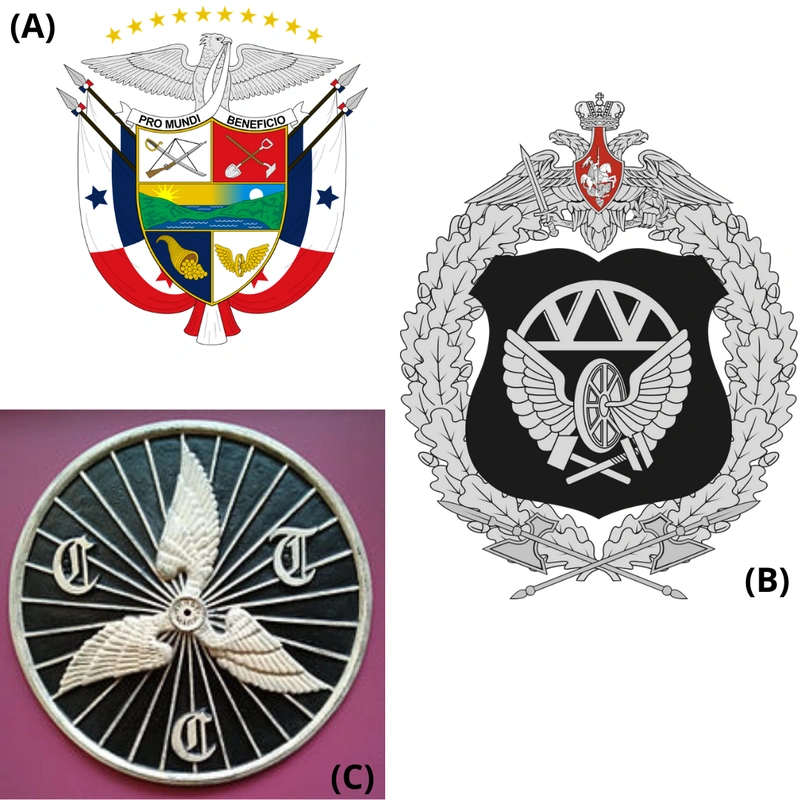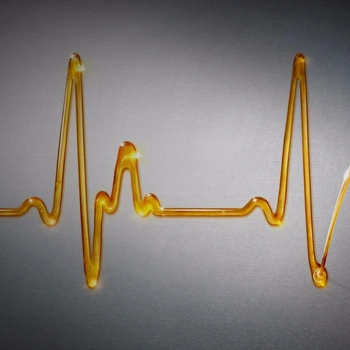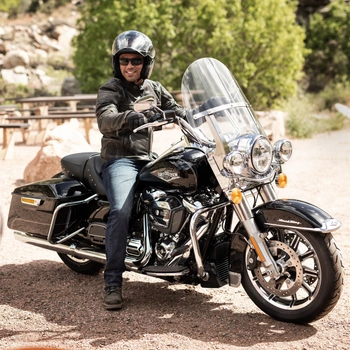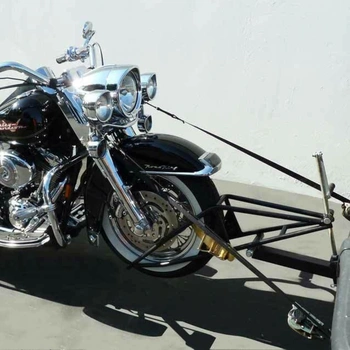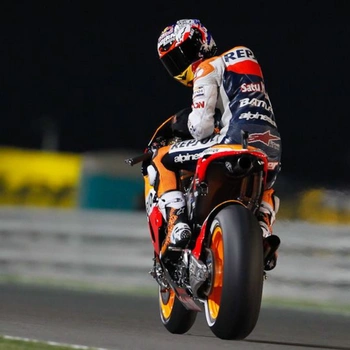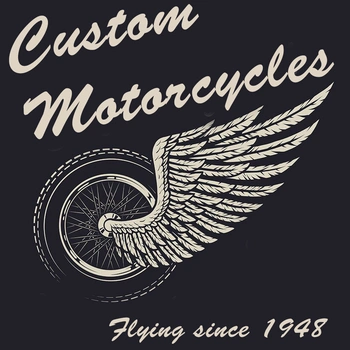
You all must have probably seen those cool biker tattoos of winged motorcycle wheels on body parts of riders, travellers, and tattoo lovers. Have you ever got a second thought in your mind as to why these winged wheel have become so popular in every age group? No worries! In this blog, we have discussed what these winged wheels mean, what is their history and what all pride they carry with them.
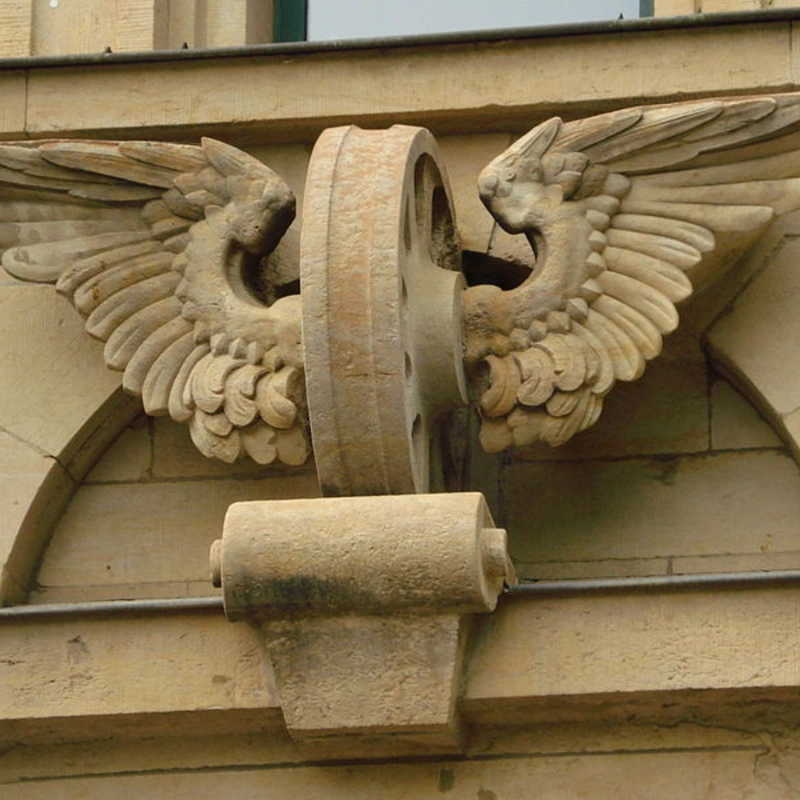
(winged wheel on a German railways building in Dresden)
The winged wheel symbol which is often seen in ancient greek and roman monuments has significance from the times of Greek god Hermes, the herald of the gods. In Greek mythology deity, Hermes is considered as the protector of travellers, merchants and orators. The Winged wheel is also associated with the chariot of the Greek figure, Triptolemus. The winged wheel symbol thus signifies motion, progress, speed and travel/transport. A typical winged wheel has one to three wings.

There used to be a time when the winged wheel was the most popular symbol of cycling. It became the logo of the UK’s Cyclists’ Touring Club (CTC)(logo marked as “C” in image). CTC is a charitable organisation that promotes cyclists and the use of bicycles. Later in 2016, CTC was rebranded as Cycling UK. A two-winged version of winged wheels was used as the logo of London bus operator, “London General Omnibus Company” and “London Underground roundel”.
Winged wheel has marked its presence in the many contexts like in the heraldic symbol of “Panamian coat of arms”(marked as “A” in image), emblem of “Russian Railway Troops” (marked as “B” in image), “Ohio State Highway Patrol badge”, in the logos of “Rotary Watches” and ice hockey team, “Detroit Red Wings”.
